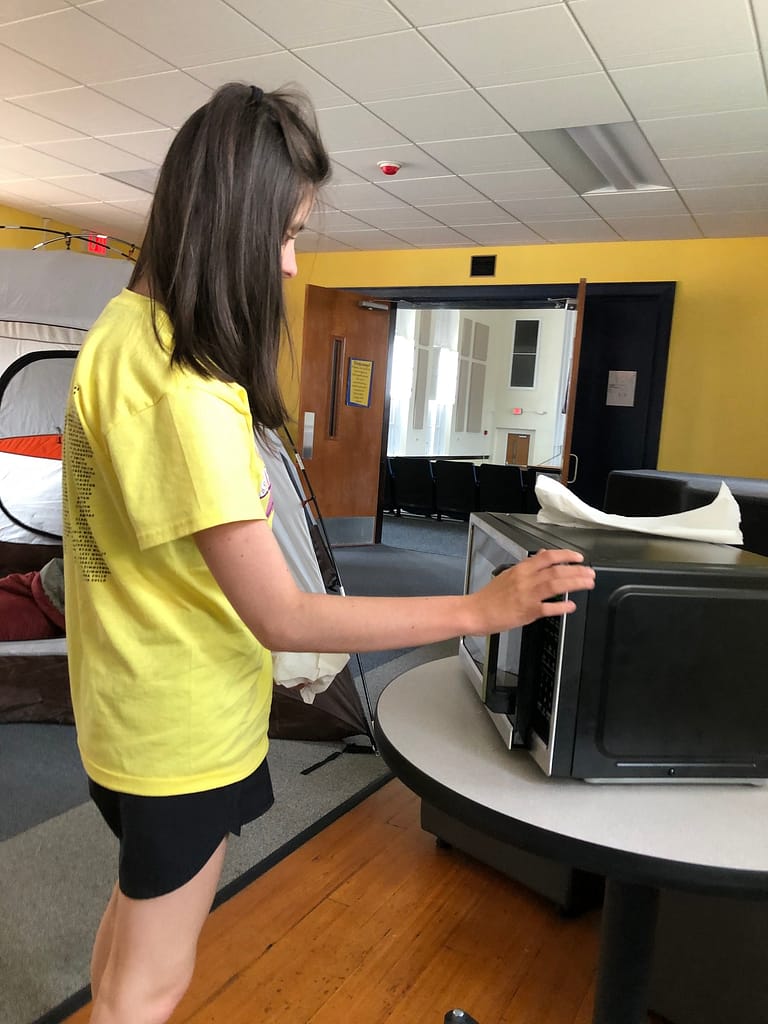Literally billions of sensory experiences during the first year of life are necessary for cognitive development to take place. Typical development during this crucial period results in the brain actually doubling in size as pathways are formed and grown. Talk about an egg head! Every interaction with people, objects, and stimuli in the environment contributes to the construction of neural networks in the brain. However, children with impaired vision or other sensory impairments are at risk of missing out on cognitive development taking place to the full extent due to having far fewer opportunity for sensory experiences. Vision provides access to a whole range of other stimuli interactions. Babies that can see what is around them are much more likely to explore their surroundings and reach out to touch or examine nearby objects. Blind babies are much less likely to do so because they are unaware of what’s around them. They don’t reach out to handle objects that they don’t know are there and don’t crawl around to explore when they don’t see a motivating reason to do so, like a new stuffed animal lying a few feet to their left.
Discovering how students acquire sensory information is essential to ensure they are receiving adequate sensory experiences to support successful, long-lasting learning. Access to sensory information is the foundation on which all learning is built upon and none can take place without it. With a fully sighted child, simply being in a sensory rich environment is enough to ensure access. They are effortlessly immersed in sensory experiences just by being present and can learn incidentally. Gaining sensory information must take place much more intentionally for the child who cannot obtain it visually from a distance. This is where sensory efficiency instruction comes in and why it needs to be a priority, not just an extra thing to teach when there’s time left over.
An important role of TVIs is to cultivate sensory experiences to ensure development is taking place at an appropriate level. Otherwise, the student may not be able to develop at the same rate as their peers and will miss out on many learning opportunities. Once the teacher is sufficiently familiar with the student to recognize how they acquire sensory information effectively, they can begin designing materials and experiences that will be effective creating access to elements of our world the student may never have encountered before.

Tips
- Be cautious of any sensory aversions the student has
- Avoid overwhelming the student with sensory overload or highly complex experiences too soon
- Eliminate unnecessary stimuli irrelevant to the learning experience you are presenting
- Provide plenty of processing time for the student, what you present may be totally new to them
- Allow for adequate wait time, especially for those with processing delays
- Count to 20 after each new stimulus is introduced to help yourself wait before interrupting with a prompt
- Consider how interest develops in children and encourage/foster curiosity or an eagerness for investigation
- Choose sensory experiences that are motivating and purposeful to the individual student
- Use real objects and items, not pictures, presentations, or models
- Use authentic experiences, not artificial ones
- Build experiences into daily routines to support lasting learning
